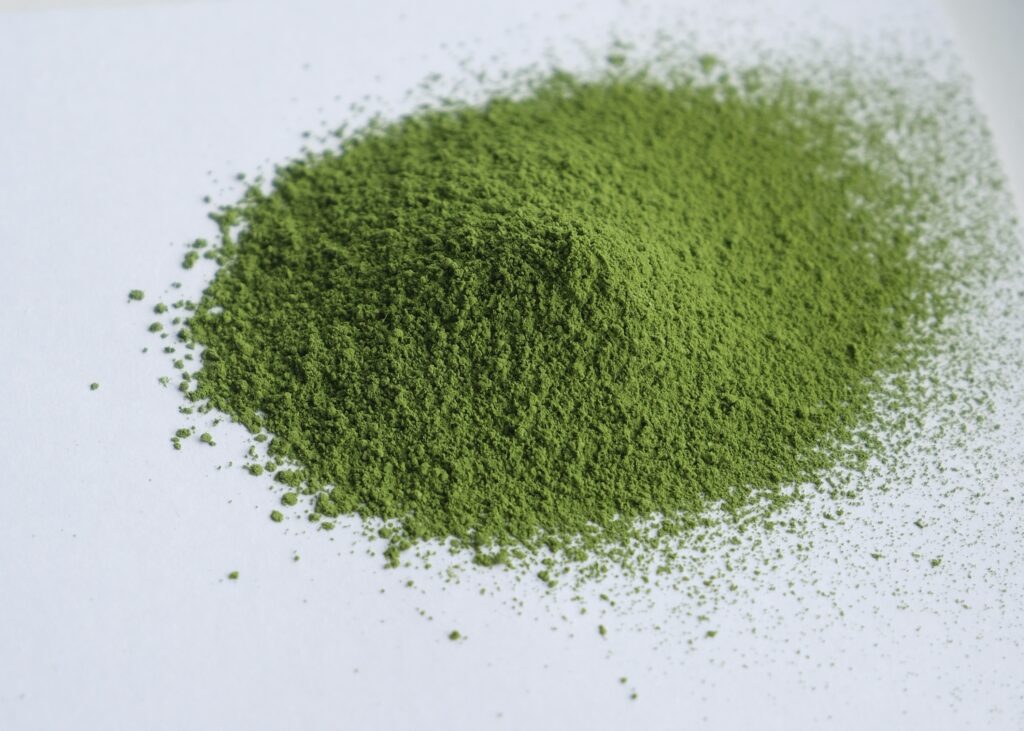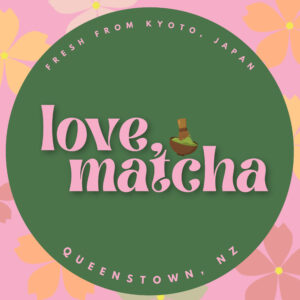Matcha’s distinctive flavor, vibrant color, and health benefits depend on a careful blend of cultivation, processing, and storage. Here are the major elements that influence its quality:
-
Cultivation Practices:
High-quality matcha comes from tea leaves that have been shaded before harvest, which increases chlorophyll and amino acids like L-theanine. The region, climate, and soil also play critical roles in flavor and nutrient content. -
Harvest Timing:
First flush (spring-harvested) leaves yield the finest matcha. These young leaves are tender, rich in flavor, and less bitter than later harvests. -
Processing Techniques:
Leaves must be steamed promptly after picking to prevent oxidation. Grinding should be done slowly using traditional stone mills, as heat from high-speed grinding can affect flavor and nutrient integrity. -
Leaf Quality:
Only the youngest, finest leaves from the top of the plant (called “tencha”) are used for premium matcha. Stems and veins are removed to ensure smoothness. Environmental factors: Exposure to oxygen accelerates oxidation, leading to flavor loss and dull color. Humidity causes tea leaves to absorb moisture, reducing aroma and taste. High temperatures intensify oxidation, resulting in browning and faster degradation. Prolonged exposure to light further compromises freshness and overall quality. Proper storage is essential to preserve matcha’s vibrant hue and distinctive flavor.




